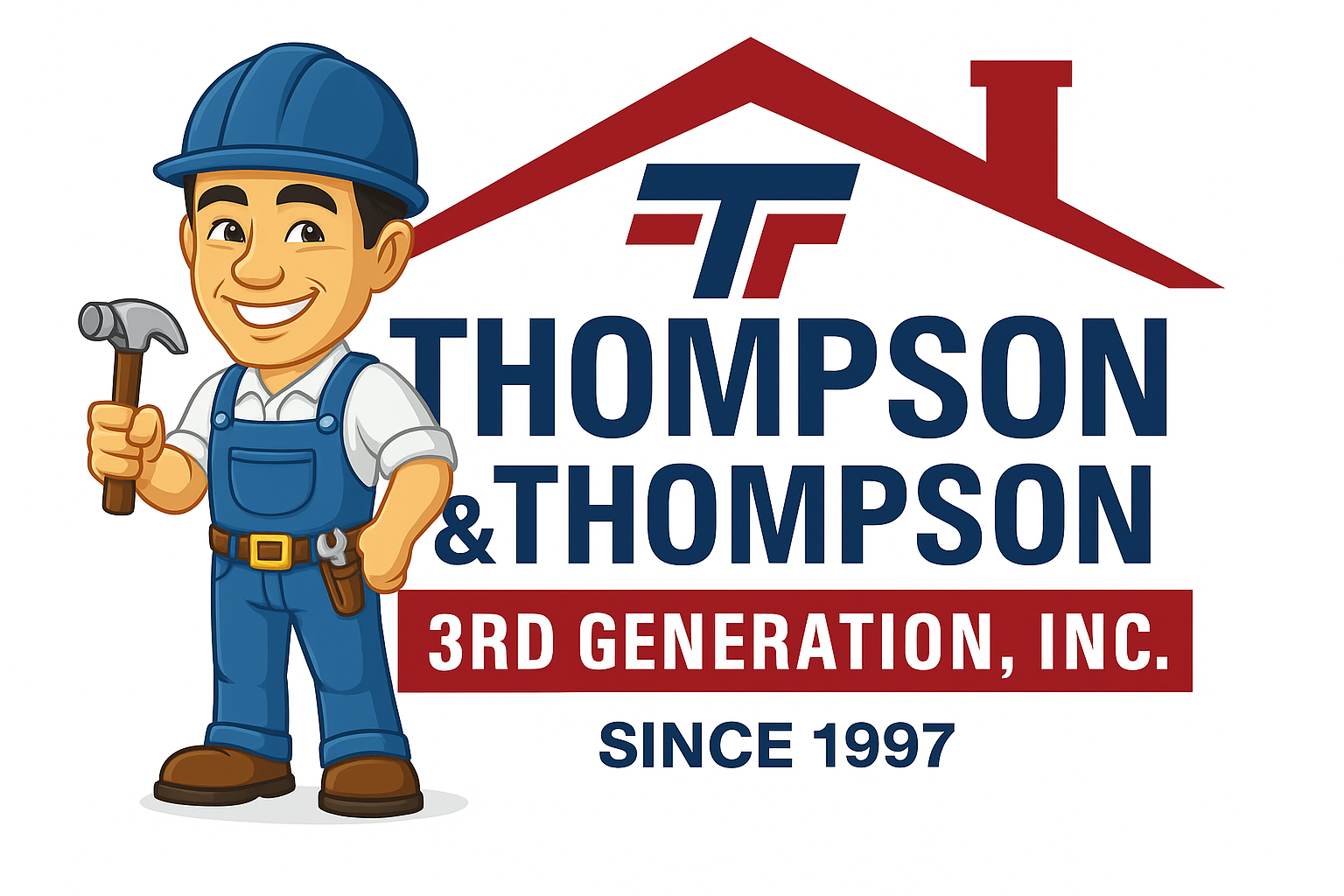Essential Considerations When Getting New Gutters Installed
Installing new gutters on your house is an essential home improvement task that can significantly impact the longevity and well-being of your property. When planning a gutter installation, there are several factors to consider to ensure optimal performance and longevity. This guide delves into key aspects such as optimal placement, material choices, gutter styles, drainage pipe styles, and the optional addition of gutter guards. By understanding these elements, homeowners can make informed decisions that will enhance the effectiveness of their gutter systems.
Optimal Placement
The placement of your gutters is fundamental to their functionality. Gutters should be installed along the edge of your roofline, capturing runoff efficiently. It’s important to ensure that the gutters slope slightly towards the downspouts. This slope allows water to flow smoothly and prevents pooling, which can lead to overflow and damage. Additionally, strategic placement of downspouts at the corners of your home directs water away from the foundation, reducing the risk of basement flooding and soil erosion.
Material Choices
Selecting the right material for your gutters is paramount for durability and maintenance. The most common materials include aluminum, steel, and copper. Aluminum is lightweight, rust-resistant, and available in a wide range of colors and textures, making it a popular choice for many homeowners. Steel gutters are robust and long-lasting, some may require regular maintenance to prevent rust. Copper gutters offer a distinctive aesthetic and excellent durability but come at a higher price point. Considering your budget, climate, and maintenance preferences will help you choose the best material for your home.
Size Considerations
Determining the appropriate size for your gutters is crucial to managing the volume of rainwater your roof will collect. The majority of residential gutters installed are 5-6 inches, with larger sizes being more effective for regions with heavy rainfall. It's also important to consider the size and number of downspouts, as they must efficiently handle the water directed from the gutters. Undersized gutters and downspouts can lead to overflow problems, whereas oversized systems might be unnecessary for areas with moderate rainfall.
Downspout Styles
The style of drainage pipes or downspouts is essential for efficiently guiding water away from your home. Round downspouts are rare and versatile, fitting with various gutter styles. Rectangular downspouts are most common and the larger 3-4” variety will drain the gutter much faster than the older style of 2-3”, so they can handle higher water volumes, making them suitable for larger roofs or climates with heavy rainfall. Additionally, some homeowners opt for decorative downspouts that enhance curb appeal while maintaining functionality. Ensuring proper sizing and placement of downspouts in relation to gutter capacity is key to an effective water management system.
Gutter Guards
Gutter guards, also known as gutter covers or screens, are optional additions to your gutter system that can provide added protection from debris and clogging. These devices cover the top of the gutters, allowing water to flow in while keeping out leaves, twigs, and other debris. These are often aluminum products and can be installed on new or existing gutters. While gutter guards may reduce the frequency of cleaning and prevent clogs, they require occasional maintenance to remove accumulated debris.
Proper gutter installation is vital for protecting your home from water damage and maintaining its structural integrity. By considering factors such as optimal placement, material selection, gutter styles, drainage pipe styles, and gutter guards, homeowners can make well-informed decisions that ensure their gutter systems perform effectively. Working with professional roofing services can provide additional expertise and peace of mind, ensuring that your gutter installation meets both functional and aesthetic goals. Contact us at Thompson & Thompson 3rd Generation, Inc. to learn more about gutter installation.



